Internet of Medical Things & Medical Software Development
It’s for a reason that Internet of Medical Things (IoMT) is one of the most fast-growing markets. In the view of the recent developments, it won’t be surprising if it completely outruns any other area of IoT implementation including IoT for smart home, energy, manufacturing, retail and agriculture.
Now that the crisis in healthcare is so real, the relevance of using custom medical software and IoMT, in particular, are beyond doubt. It is no longer calculated in billions of dollars, but rather in thousands of saved lives, millions of improved patient experiences and an uncountable number of use cases where IoMT helps doctors and nurses provide more efficient and safe services. How exactly Internet of Medical Things can do that? Let’s find out and learn about the existing applications of connected technology in health and social care.
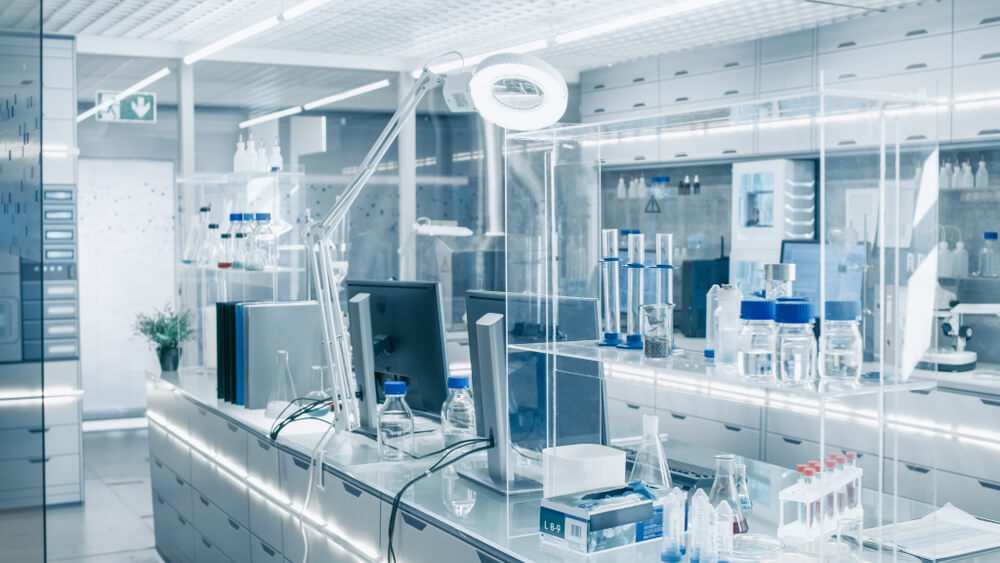
To put it in simple terms, Internet of Medical Things a complex of connected technology solutions, IoT medical devices, systems and the whole infrastructures used in the health and social care industry.
It includes a wide array of applications, wearables, sensor-based devices and spaces. For example, sensor-enabled patient beds which can monitor patient activity and alert nurses if a patient moves or any of the vital conditions change. Or connected medical devices software for data analytics and visualization which transforms generated data into insights and provides medical staff, doctors and hospital management with valuable information.
Internet of Medical Things is a part of IoT as a general term for connected technology and big data solutions. According to the Allied Market Research, it’s a considerably large part, as the whole IoT market is predicted to reach $520 billion by 2021 compared to $136.8 billion market value promised for the IoMT alone. What makes IoMT special among the connected technology built for other industries is a set of characteristics typical for eHealth and medical technology.
- Focus on security. IoMT is dealing with a great deal of sensitive data such as patient’s personal information and medical records, treatment plans, location, real-time change is health conditions.
- Enhanced reliability. When it comes to IoMT devices development, the focus of the design for Internet of Things medical devices is shifted towards reliability and robustness rather than consumer likability.
- Slow adoption. Compared to the adoption of smart home automation systems or tracking technology in logistics, for example, IoMT has a slower penetration rate due to bigger complexity of the systems, privacy issues, long processes in this segment and higher level of responsibility involved. Hopefully, we will see development in this area in the foreseable future given what’s at stake.
Looking for an experienced technology company to provide you with medical software development services? Contact Digiteum. We’ve been working in healthcare software product development for more than a decade and are looking forward to using our expertise and skills to contribute to this domain more.
The executives in the healthcare industry have realized the transformative nature and potential of Internet of Medical Things long before the beginning of the crisis and started investing in IoT and medical software development. Here are some benefits the integration of IoMT and connected medical software has brought early adopters and now helps them better address the growing pressure:
Improved healthcare experience
This benefit has a very broad understanding and includes a wide range of positive transformations IoMT introduces to the healthcare experience for different user groups:
- Wearable technology enables real-time patient health tracking both in hospital and remotely. It provides better flexibility for doctors and patients, unloads hospitals, helps better manage resources, and allows collecting more comprehensive data on patient conditions.
- The use of connected technology, for example, for medication intake tracking, improves patient adherence and, in general, positively influences patient engagement.
- IoMT applications for people flow management, for instance, patient admission and discharge, help improve the performance of hospitals, cut down on waiting lines and optimize doctors’ time management. Currently, these are the systems that can help better control and manage the unprecedented influx of patients.
Do you want to leverage IoMT technology to improve patient engagement? At Digiteum, we have just the right experience at the crossroads of IoT and medical software development. Let’s talk about your Internet of Medical Things project and make healthcare experience better together.
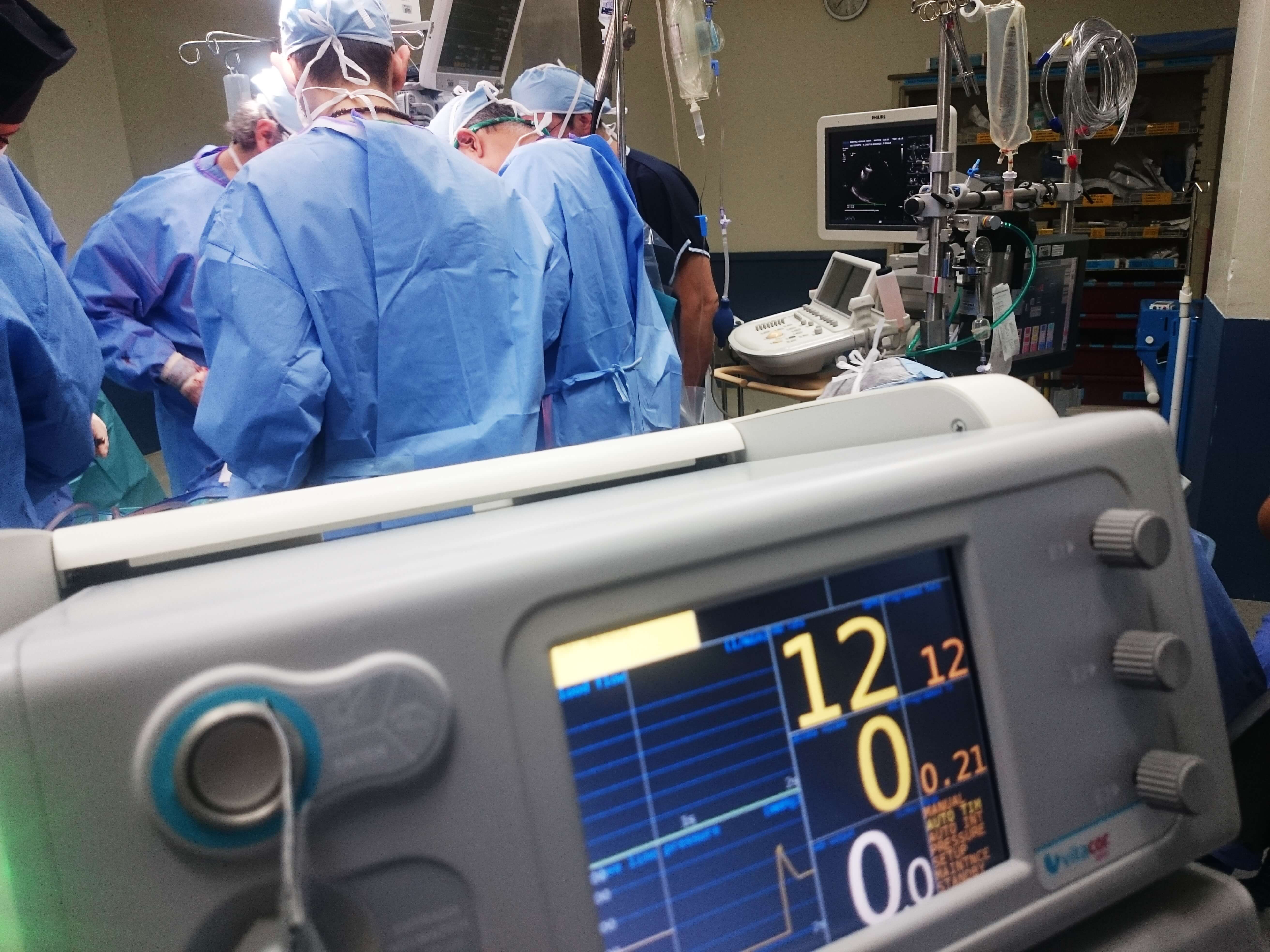
Reduced cost and increased efficiency
Another important benefit of IoMT and medical software solutions is saved cost and enhanced efficiency. These are extremely relevant benefits given the shortages healthcare professionals experience today.
- Using an IoMT and IoT patient tracking system in hospital, executives integrate effective practices of asset management using IoT, reduce waste, increase infection control, prevent undersupply and allow for timely maintenance and decontamination of medical equipment.
- Connected technology enables automation, helps unload staff from routine and focus on important workflows.
- IoT solutions for facility management, for example, for energy consumption monitoring, help optimize the use of resources.
Enhanced quality of healthcare
This is, probably, one of the most important benefits of using IoMT and medical software in the healthcare industry.
- Connected technology brings in the new reliable sources of patient datum important for making a timely diagnosis, creating dynamic treatment plans and providing personalized healthcare services.
- IoMT introduces a new generation of devices and technology-enabled things that transform the future of healthcare — wearable sensors, pills with tracking capabilities, connected beds, hospital rooms, emergency vehicles, etc.
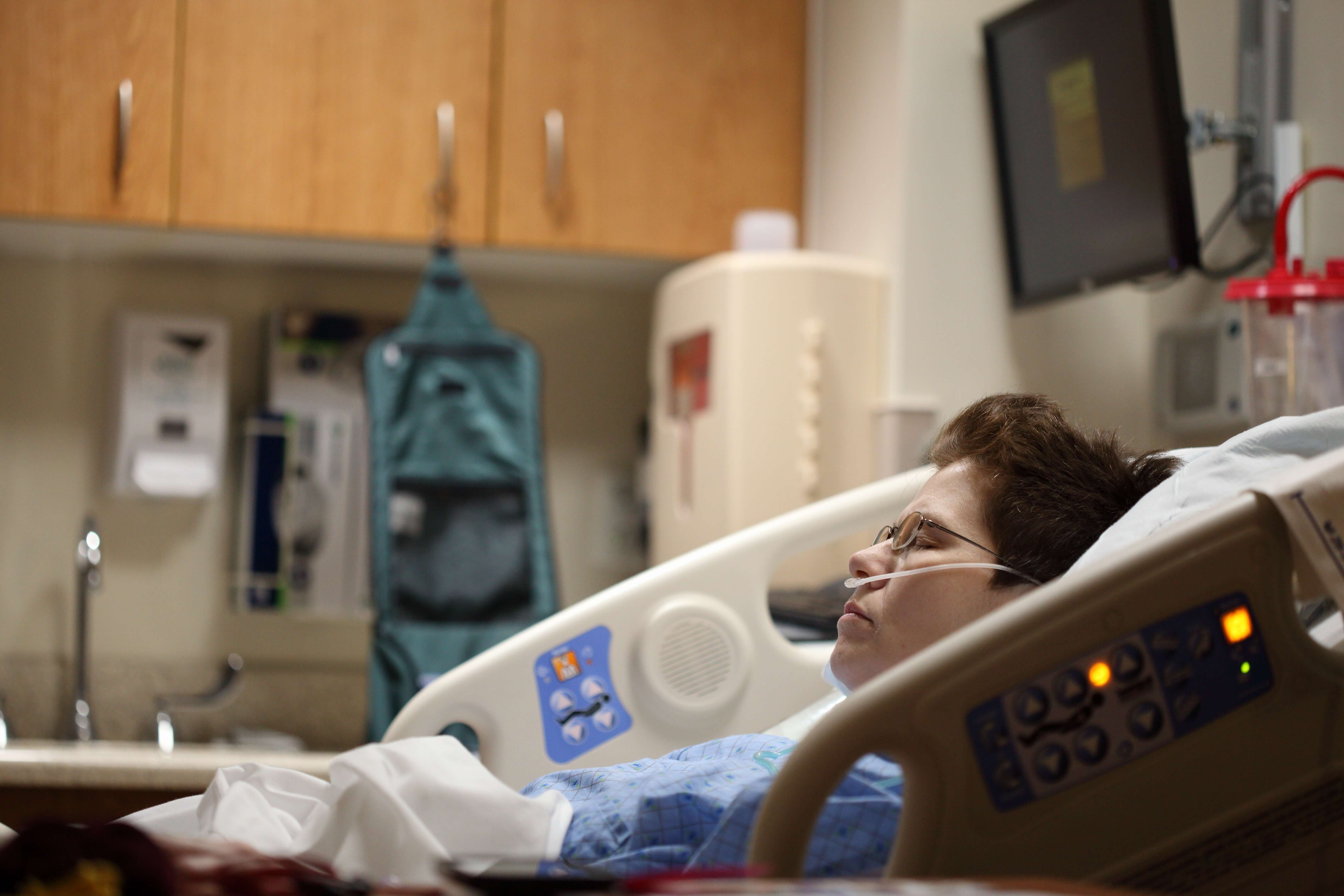
Along with benefits come challenges. In the case of developing medical Internet of Things and IoT medical equipment manufacturing, challenges are not new and typical to the healthcare industry. At the same time, they reflect the specifics of IoMT technology.
- Security. IoT, in general, implies dealing with huge amounts of data streaming from sensors. When it comes to IoT in medical devices, this data is often highly sensitive — patients’ condition information and location, treatment details, etc. Therefore, it requires particular attention to proper security and practices to address possible cyberattacks in place.
- Connectivity. Reliable uninterrupted connectivity is important for every IoT device which is supposed to continuously manage real-time data. Only in IoMT the price of a shortfall is much higher than, for example, in a smart home system. For this reason, hardware and software design for medical devices require special focus and should address the problem of connectivity.
- High cost. As it was mentioned previously, medical IoT is adopted at a slower rate than other smart systems. In a way, it’s normal for such a conservative and highly regulated industry as healthcare. The other reason why IoMT is not easily adopted is the high cost of implementation and integration into existing healthcare infrastructure. However, this problem doesn’t concern rather affordable IoT applications such as wearables, mHealth apps, and emerging SaaS-type of services.
Internet of Medical Things examples are abundant. We’ll highlight three use cases, custom connected devices for healthcare by Nokia, Bigfoot Biomedical and Sonitor which have already gone beyond the concept stage and provide actionable results. Moreover, given today’s circumstances, we can expect a seroius leap in IoMT and custom medical software development that will help better prepare health and social care to the growing pressure.
Nokia connected radiology
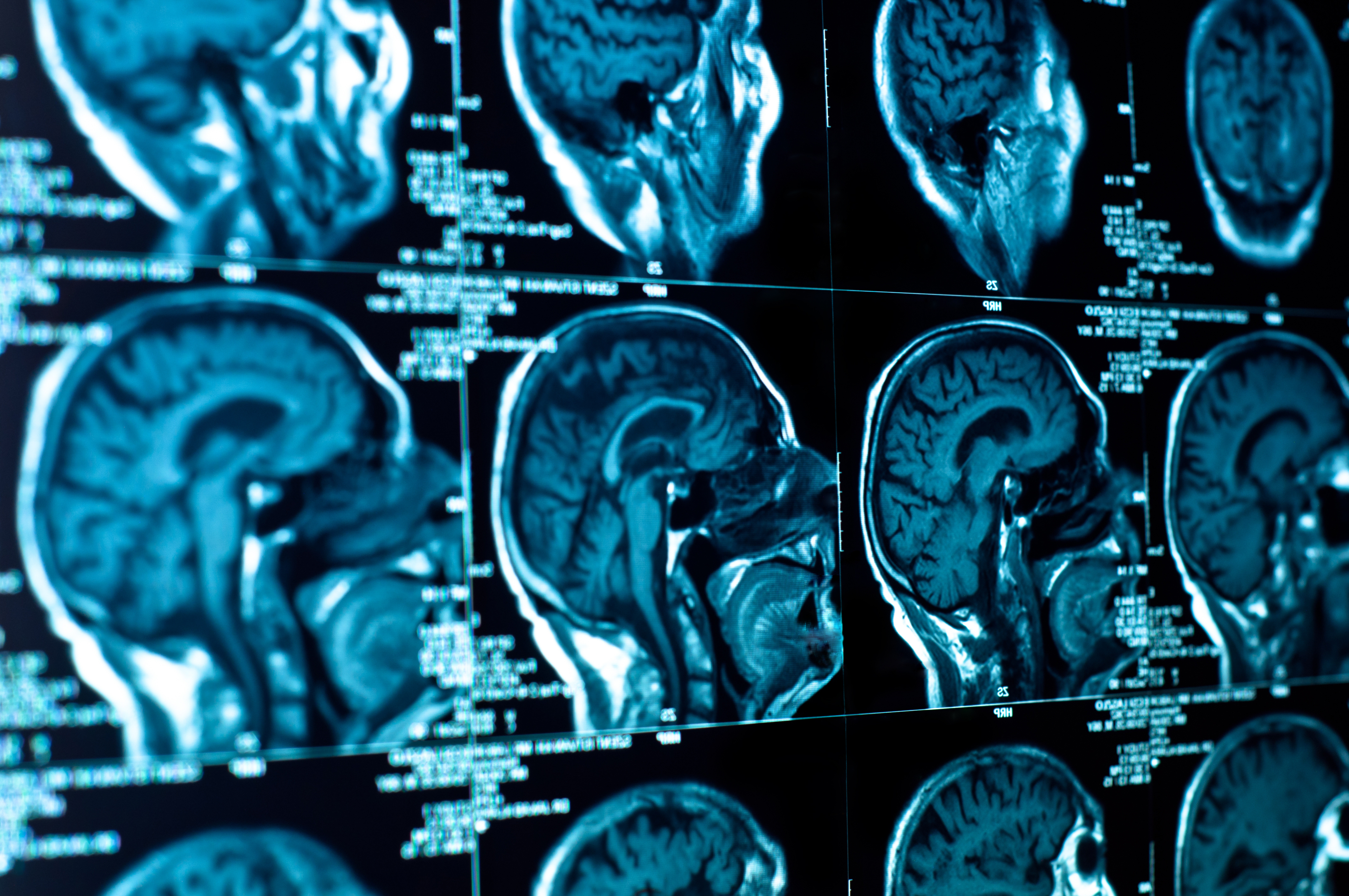
Nokia offers a sort of plug-and-play network solution which can be easily integrated into an existing healthcare ecosystem and enable remote radiology capabilities. This cloud-based solution connects radiologists with emergency rooms and allows them to review CTs from home and consult remotely, thus providing better efficiency and speed.
Case study: Android-based embedded software for a medical video recorder
Bigfoot Biomedical closed-loop insulin delivery
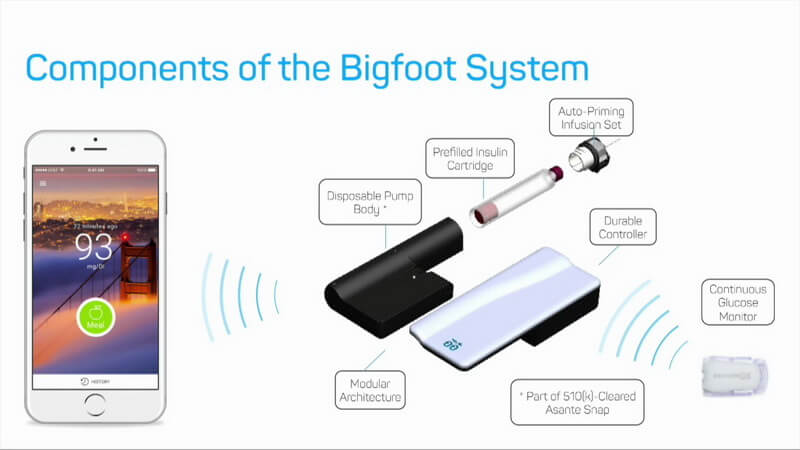
Bigfoot has designed a system for continuous glucose monitoring and on-demand insulin delivery for people with different diabetes conditions. This solution consists of a sensor-based wearable, data processing engine and insulin dosage calculator and delivery and fully automates glucose management.
Are you working on a medial IoT system? If you are looking for an experienced team to provide medical device software development services, you should talk to our specialists. We have been designing and developing software for medical devices and building HIPAA-compliant and CE-certified medical apps for years. We will be happy to help you with your project too.
Sonitor tracking system

Leading company in the market of indoor positioning, Sonitor offers a unique solution for people, assets and even infection monitoring and control based on ultrasound technology. The company provides a wide range of patented tools for indoors tracking from badges and tags to remote management systems and control applications.
Integrated into a healthcare facility, Sonitor’s system improves staff and patient flow, provides better safety and reduces the risk of the infection spreading.
Digiteum is an experienced medical software development company with rich portfolio and broad skillset. Our team has a long history working on diverse projects in this segment. We’ve designed and developed embedded software for medical devices, award-winning apps for the patients with chronical diseases and mental disabilities. We’ve built certified applications for such companies as Takeda, Novartis, Sanofi and Merck.
If you are looking for a custom software company with experience in both IoT application development, you are in the right place. Let’s talk about your project!




